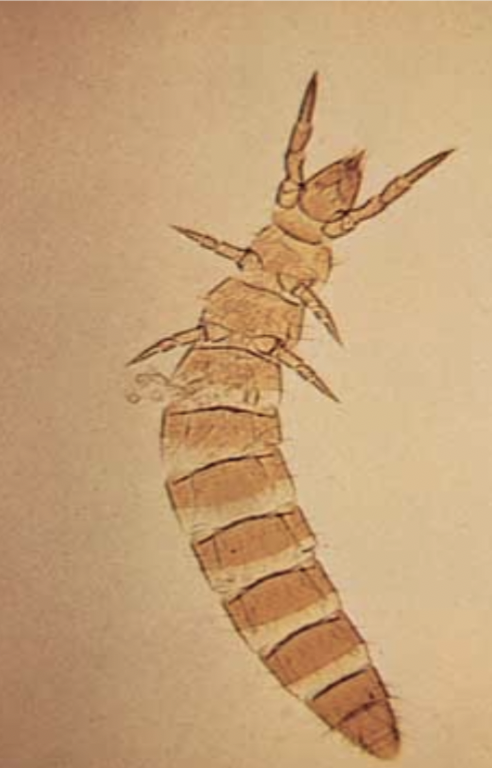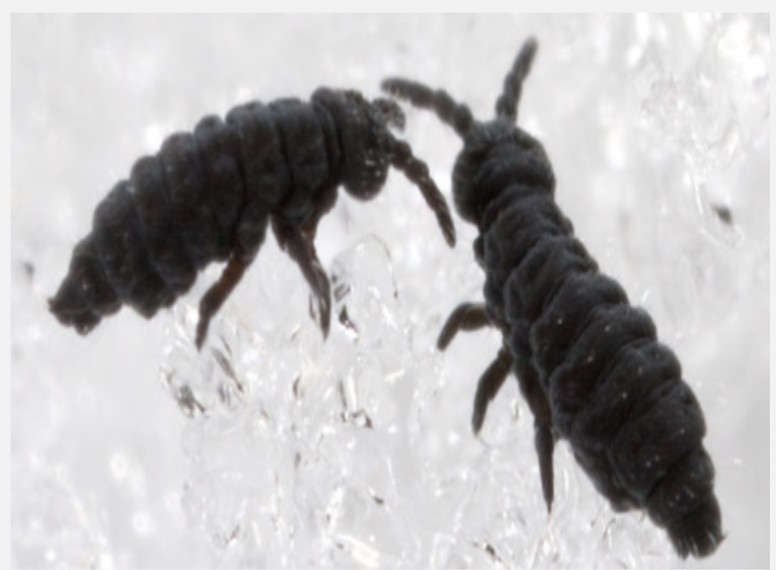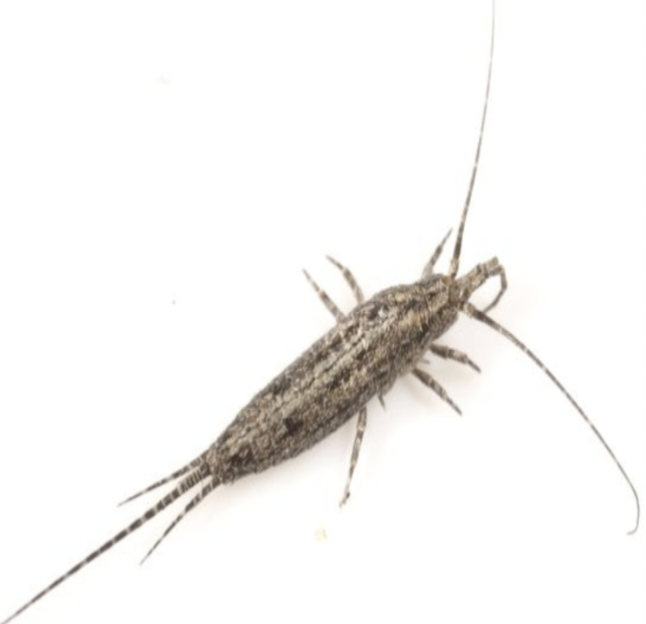Insect Orders
1/7
There's no tags or description
Looks like no tags are added yet.
Name | Mastery | Learn | Test | Matching | Spaced |
|---|
No study sessions yet.
8 Terms
Protura
• Small (2 mm or less)
• As many as 800 described species
• Lack antennae and front legs serve a
similar function (these are visible
next to head in adjacent image)
• Soil dwelling insects that feed on
fungi and decaying plant material

Diplura
Larger than proturans (2 – 5 mm
typically, with exceptionally large ones
reaching 5 mm)
• Have antennae
• Elongated body form with little
differentiation between thoracic and
abdominal segments
• Long cerci present
• Capable of limb regeneration!
• Omnivorous with some specialized
predator species

Collembola
Known as springtails for the ability to
propel themselves
• Also small (2 – 3 mm)
• The most diverse of the 3 orders with at
least 8,000 species and possibly many
more undescribed
• Named for collophore organ involved in
their water balance physiology.
• Cosmopolitan, including in parts of
Antarctica
• Forked abdominal appendage—furcula—
is used for ”jumping” movements

ARCHAEOGNATHA
Bristletails; order name refers to “ancient
jaw” (a reference to mouthparts)
• 7 – 15 mm in length; ~500 species
• Ametabolous: continual molting, no
distinct differences between stages, except
size
• Long antennae, large compound eyes and
elongated maxillary palps (see photo)
• Long caudal filament and two cerci
• Indirect sperm transfer
• Consume algae, moss and lichens

THYSANURA
Silverfish; order name refers to the tail
segments
• Large maxillary palps, compound eyes
absent or reduced; dorsoventrally
flattened
• Long caudal filament with cerci on either
side
• Indirect fertilization
• A few synantrhopic (human-associated)
species

THYSANOPTERA